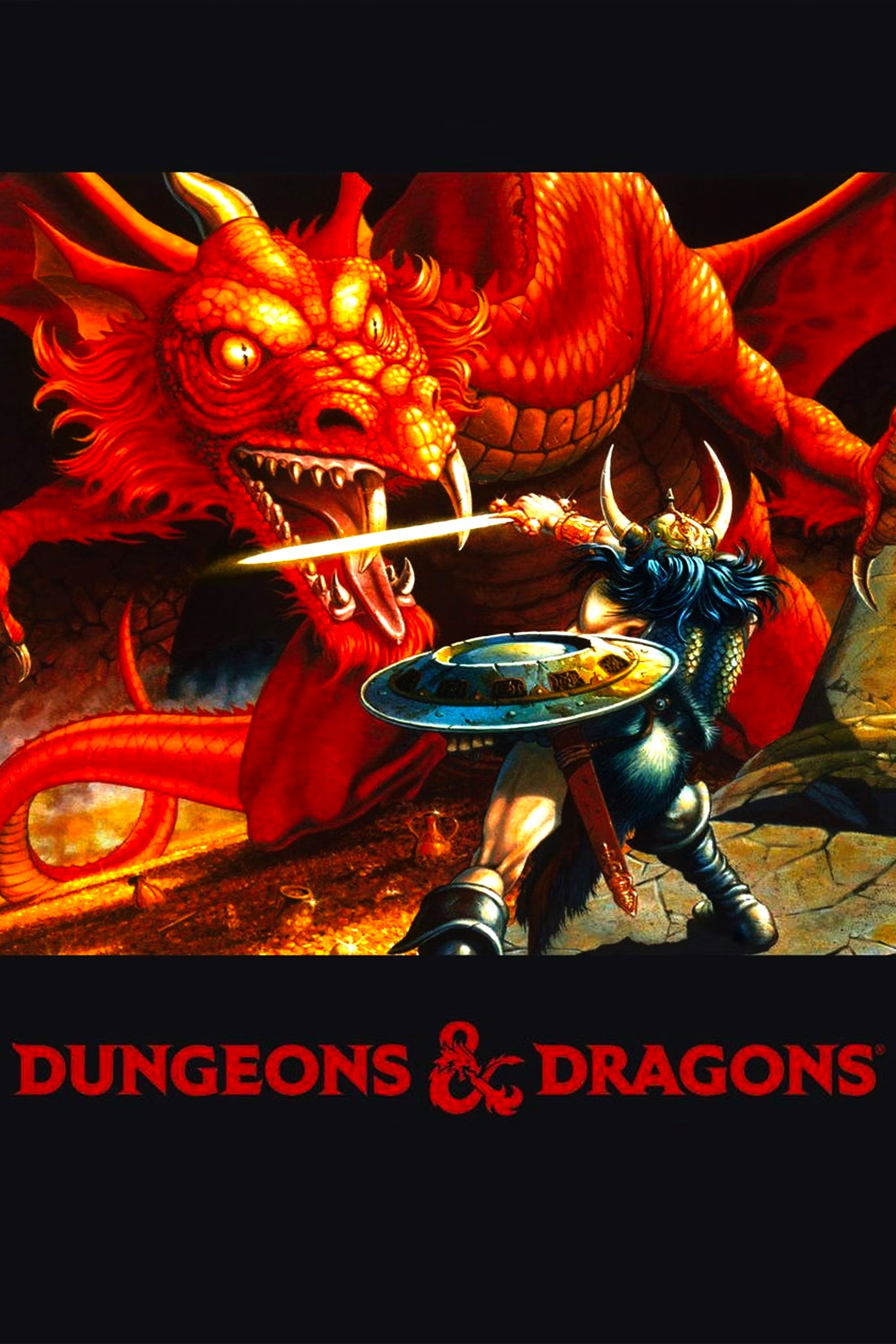Common tropes rely on backstories that position characters as roving orphans, without friends or family.
They typically reject any causes, fighting only for mercenary reasons, seeking treasure and coin.
This archetype exists in fiction, but it tends to be boring.
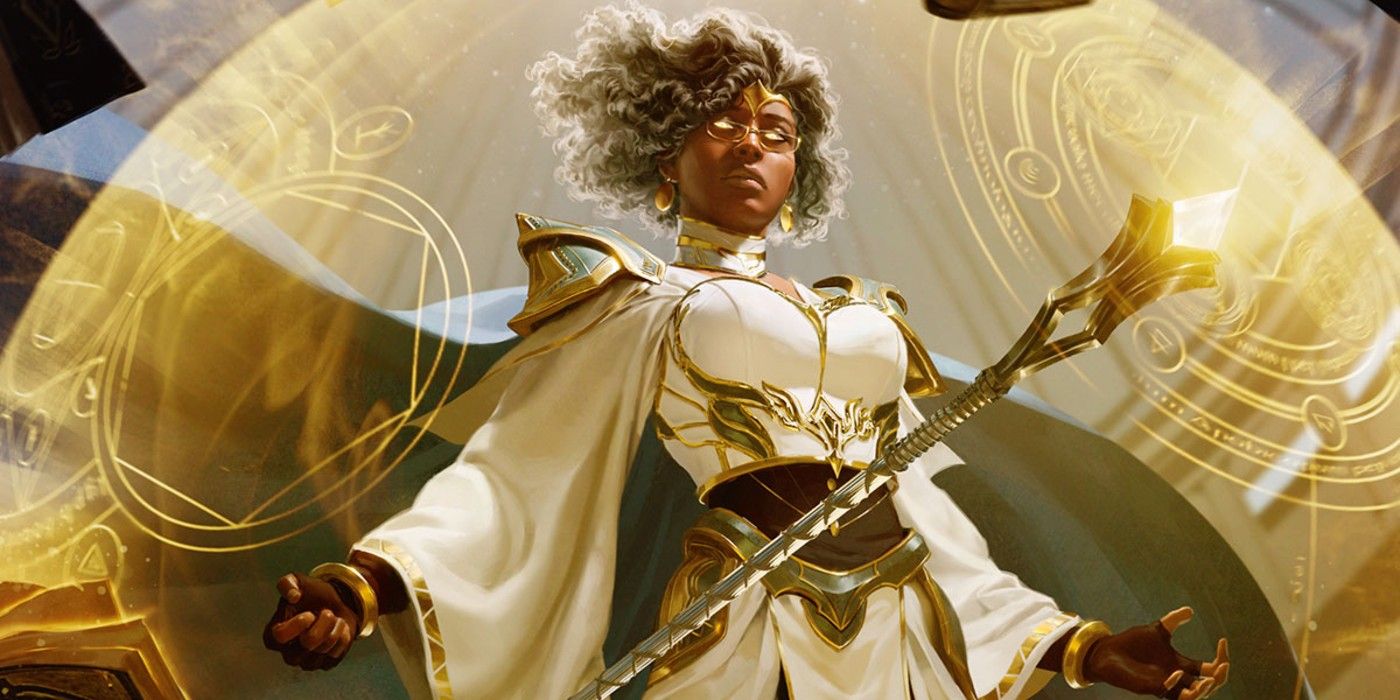
SomeD&Dparties collectively have a Patronwho guides their actions and sends them on missions.
APC who only pursues wealth and power is a dull non-entity.
Interesting characters care about changing the world they live in.
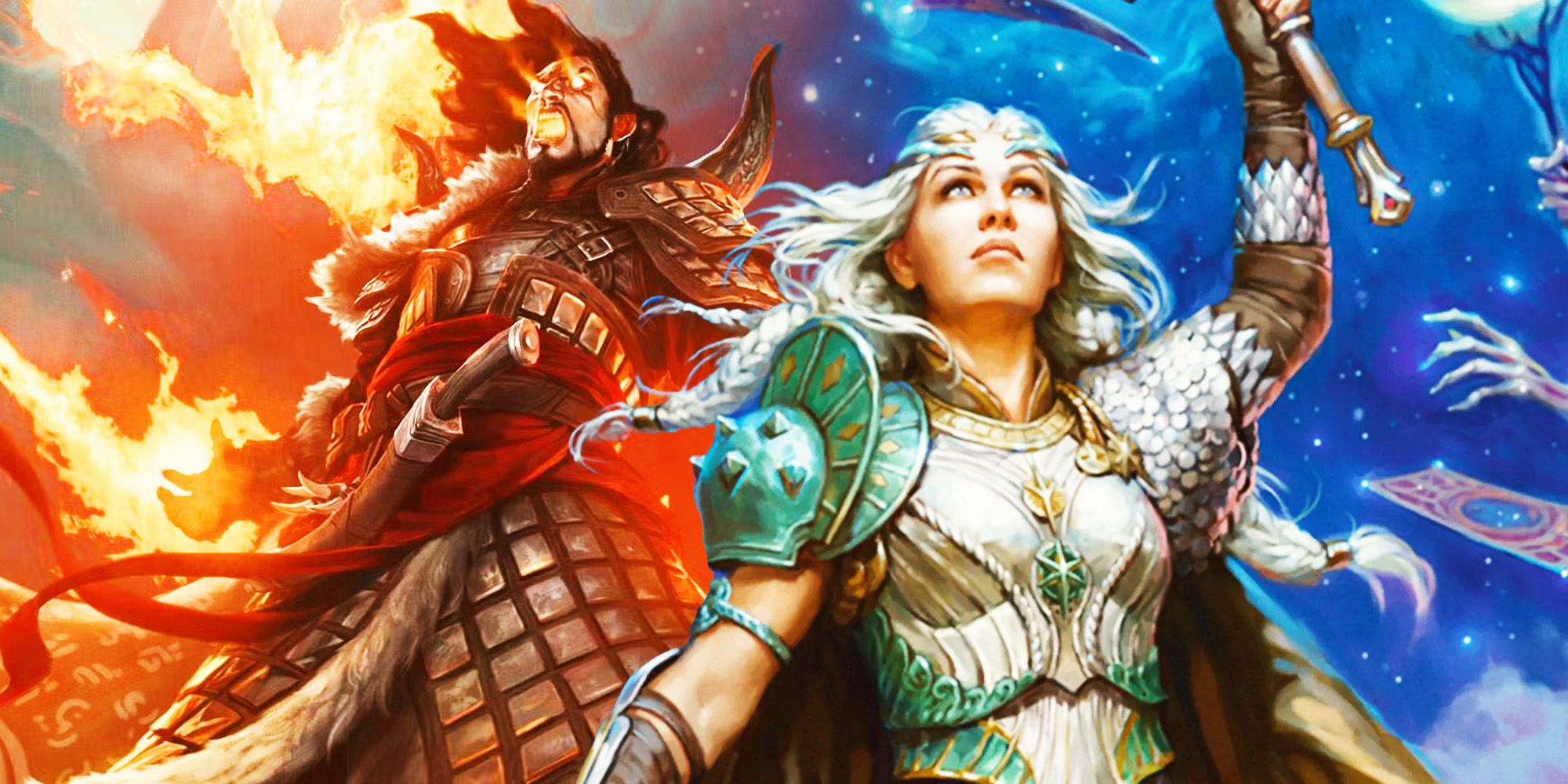
Avoiding ties might seem like a tactical approach, but it’s better to invest in roleplaying.
These are all elements of drama and conflict, which are necessary for rewarding collaborative storytelling inD&D.
Dungeons & Dragons includes Backgrounds and Alignments which help with roleplaying.
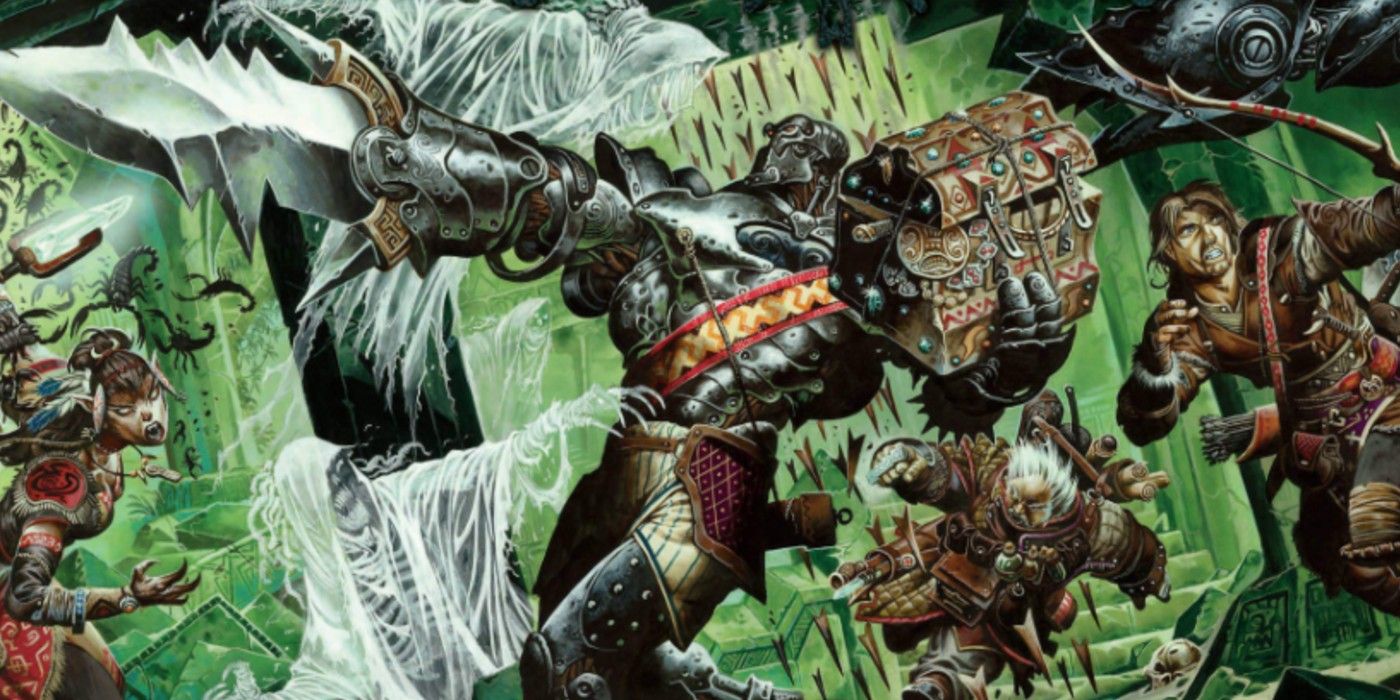
Adding Carl Jungs Persona and Shadow takes RP to the next level.
Playersengaging with the campaign in good faith makes more difference than the mechanicsunderlying a game, however.
An RPG is a game where you get as much out of it as you put in.
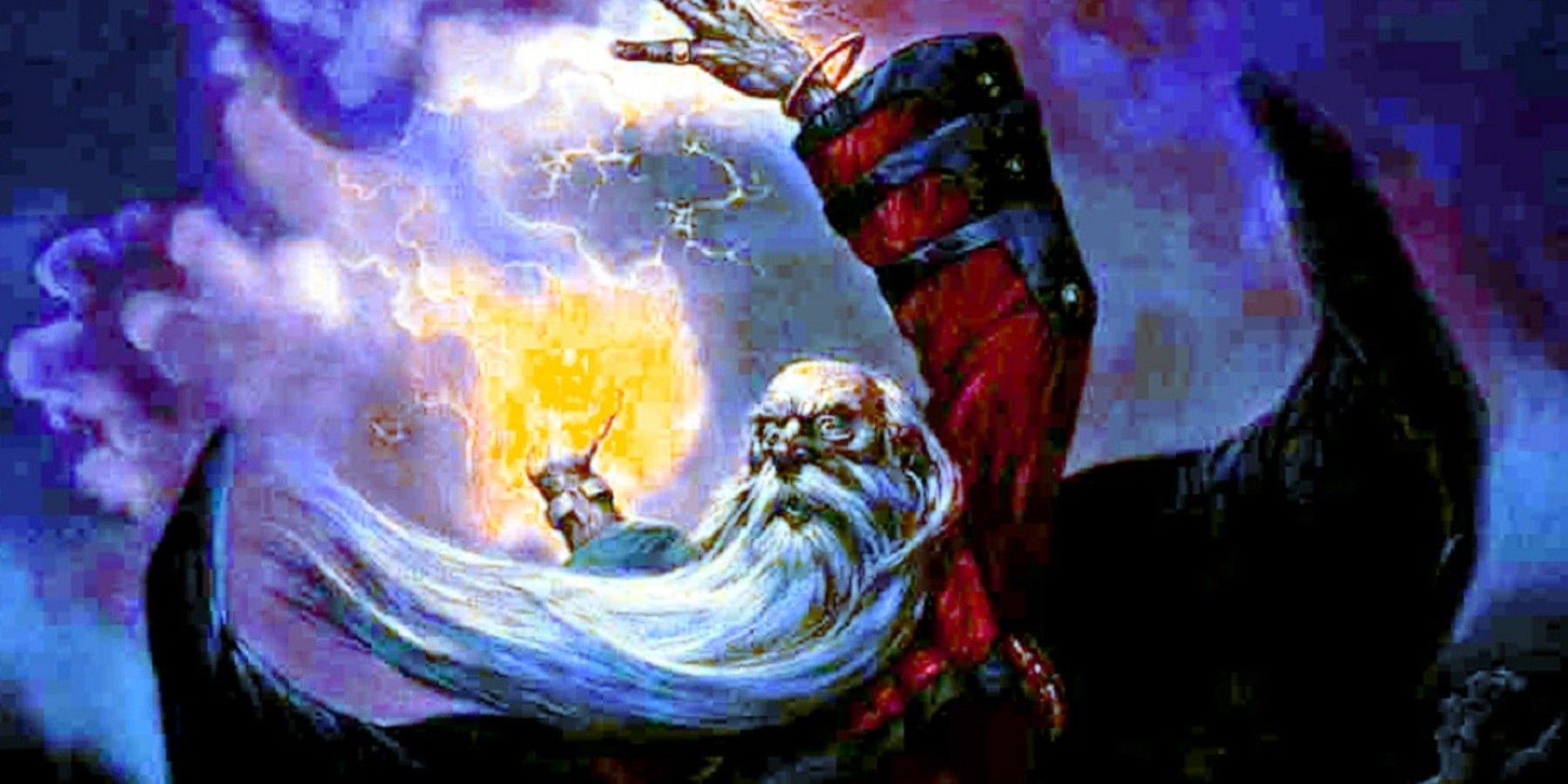
This applies to the DM and the players as well.
This video-game-style approach toDungeons & Dragonsfails to take advantage of the collaborative storytelling of the TTRPG medium.
With Eberron, the 3.5 edition Dungeons & Dragons rules received a setting wholly designed around its mechanics.
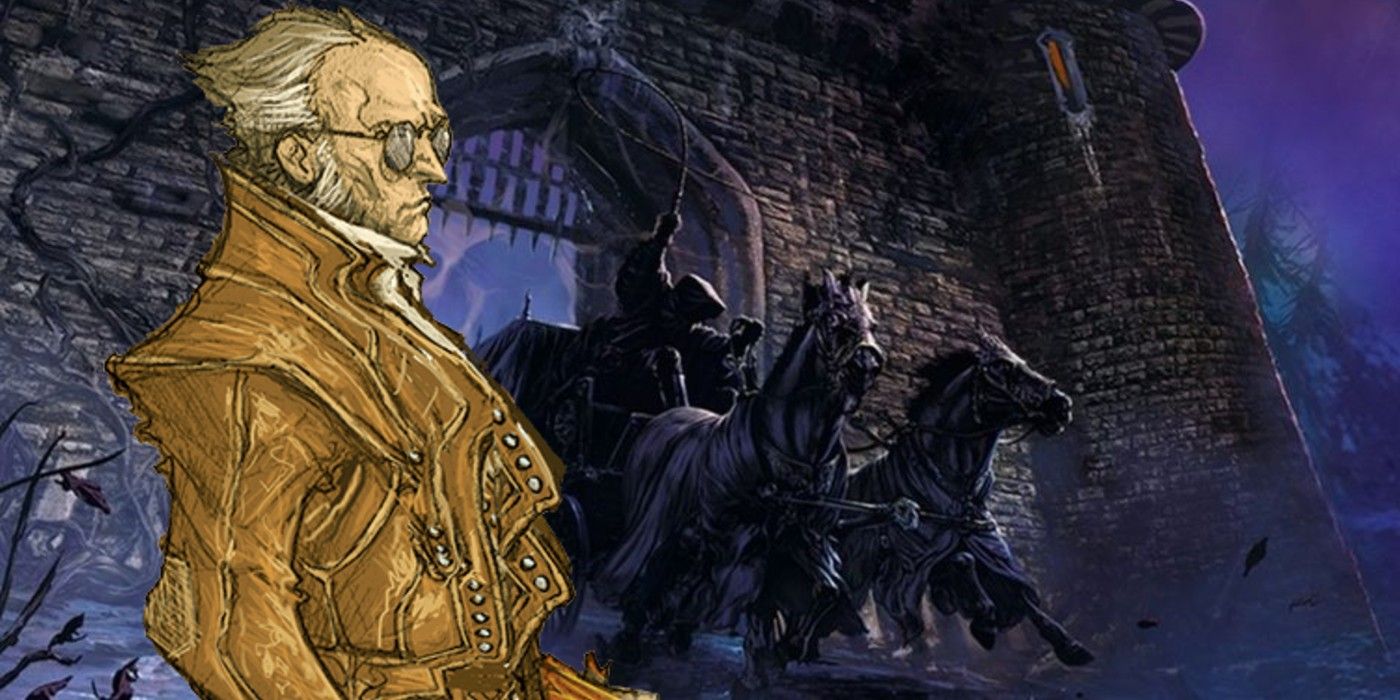
D&D 2024 needs this design approach.
Non-Player Characters are characters, just as Player Characters are, meaning they should be treated as people.
A conflict that threatens the region should hold similar weight.
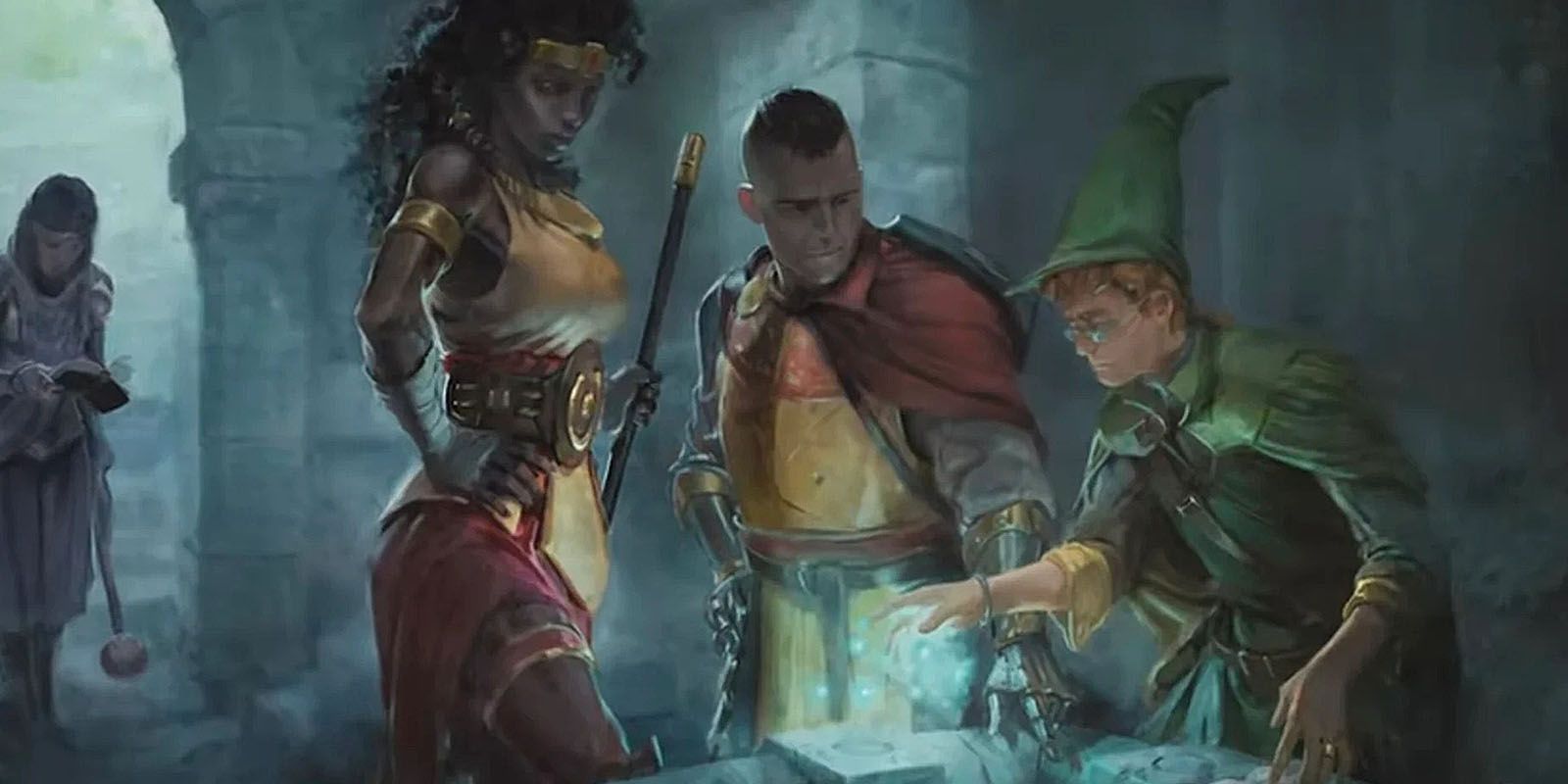
If the world is ending, that is an existential crisis that should be roleplayed accordingly.
GreatDungeons & Dragonscampaigns require investment, but the rewards are worthwhile.
